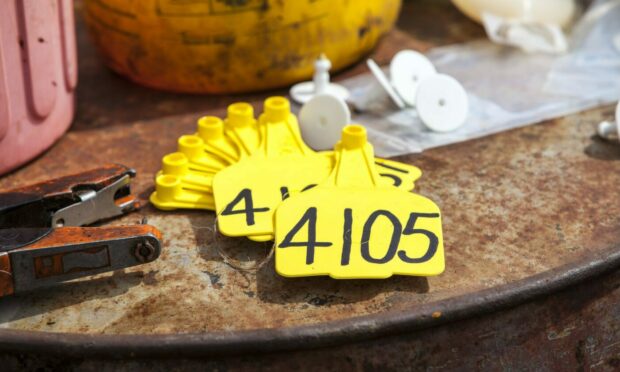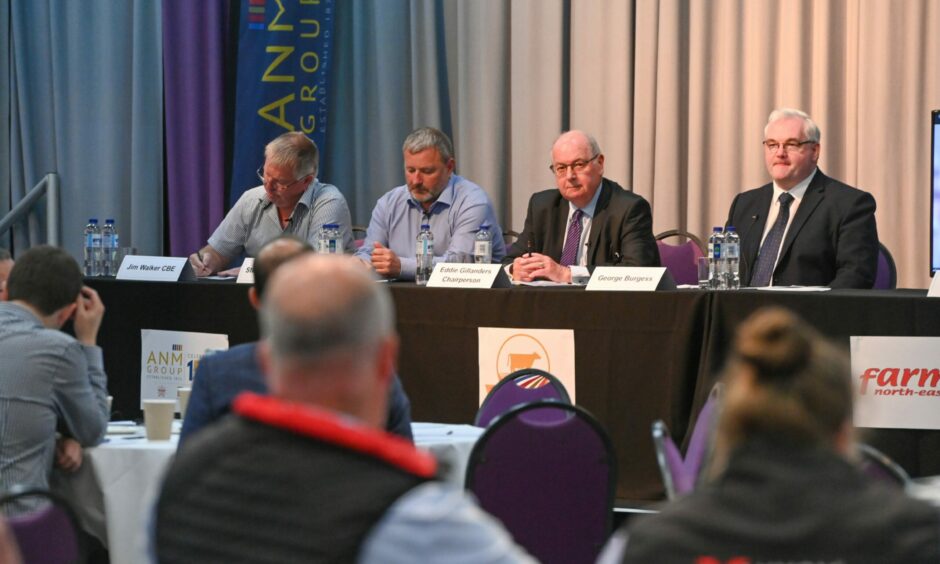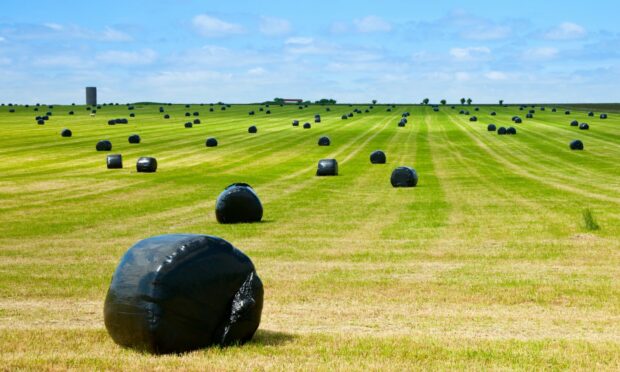Government officials were not permitted to support a document calling for actions to retain suckler cow numbers in Scotland, a leading civil servant has revealed.
The Scottish Government’s director of agriculture and rural economy, George Burgess, made the comments at ANM Group’s Beyond 150 conference at the Thainstone Centre, near Inverurie.
He told the audience of farmers and industry officials that he had not permitted his colleagues to sign their signatures on the recently launched Scottish Beef Sector Strategy 2030.
“I didn’t sign off on this because there was a bit [in the strategy] that said I will maintain the number of suckler cows,” said Mr Burgess.
“That is what lay behind my Scottish Government colleagues’ names not appearing on the report.”
The strategy – which was launched at the Royal Highland Show and developed by a steering group of beef industry representatives – included an aspiration to work to maintain suckler cow numbers at the 2021 level of 413,000 as per the June agricultural census.
Mr Burgess said the Scottish Government was fully supportive of beef farmers boosting their productivity, but with a focus on outputs rather than inputs.
The debate over cow numbers dominated much of the discussions at Thainstone with former NFU Scotland president and Dumfries farmer Jim Walker accusing Scottish Government officials of wanting to cull 300,000 beef animals in Scotland to reduce emissions from the sector.
They were denied by the Scottish Government at the time and Mr Burgess refuted them again.
However, Mr Walker told Mr Burgess: “The good news is that the economics of beef production in Scotland are such that you are going to get that [a reduction in cow numbers].”
Meanwhile Steven Thomson, senior agricultural economist at Scotland’s Rural College, shared details from Government colleagues on the framework that will shape future agricultural policy in Scotland.
He said payments will focus on three tiers – base payments to support active farming and food producers; enhanced payments for businesses that are highly effective in reducing greenhouse gas emissions and nature restoration; and elective payments for targeted nature restoration and supply chain support.
Mr Thomson said: “Farmers should not be just paid to change; farmers should be rewarded for achieving outcomes.”
The conference also featured an online presentation from Professor Jude Capper from Harper Adams University in Shropshire.
Dr Capper said a key challenge for the livestock industry would be tackling “consumer guilt” over eating meat and dairy products, and farmers needed to be able to demonstrate how they are working to reduce the environmental impact of their businesses.
She said: “Everybody needs to start thinking about their carbon footprint right now.
“You need to put the line in the sand now to be able to benchmark it because otherwise all the improvements that everyone is doing now won’t be recognised.”
A policy paper will be developed by ANM Group following the discussions at the conference, and then distributed to politicians and policymakers.



Conversation